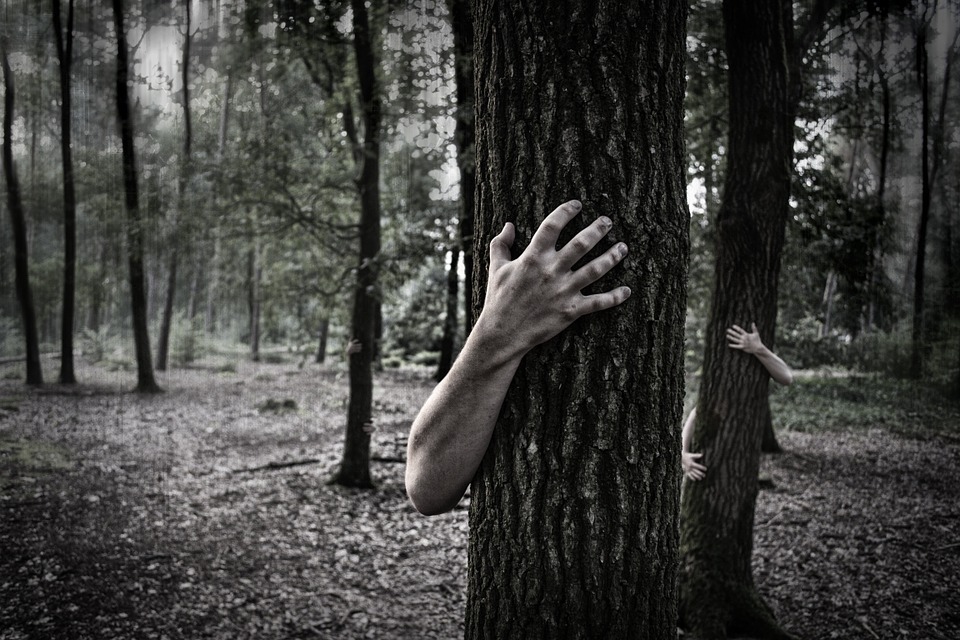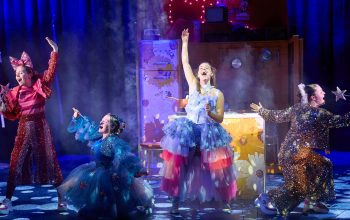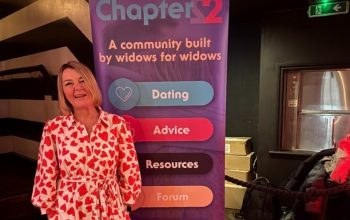*Includes spoilers
When I was eight I developed a phobia of toilets. One night, I watched in horror as thousands of bees emerged from a toilet bowl before my eyes, leaving me afraid to use one for years without inspecting it obsessively. No, I had not begun to show symptoms of psychosis- I was watching the horror film Candyman.
Horror films have given me nightmares, made me fear the dark, and some have even put me off my dinner- which is saying a lot- and yet, I absolutely adore them. As a passion, however, they can be hard to defend.
Who would want to torment themselves by lying awake all night expecting a knife-wielding maniac to burst into your bedroom and stab you because you had a one-night stand last week? Well, I certainly would, and it appears millions of other people would too as horror films have grossed £5.62 billion worldwide since 1995.
Their popularity is due to various things- escapism, morbid curiosity, and a teenage appetite for sex and gore, to name a few. However, at the centre of their appeal is the feeling we get when we’re afraid.
It turns out that what happens to our body when we feel fear is nearly exactly the same as what happens when we feel pleasure. Both emotions flood us with dopamine, which is a neurotransmitter that helps control the brain’s reward and pleasure centres and helps regulate emotional responses, and adrenaline which gives us the energy to fight or flee. The difference between people who enjoy the fear that accompanies a horror and those who don’t depends on whether their brain can subconsciously differentiate between a real threat and pretend one.
Whatever side you’re on, it can’t be denied that a lot of people enjoy the experience of controlled fear. It also can’t be denied that an embarrassingly large portion of horrors are atrocious. I mean, really bad. So, when someone brought that up, I couldn’t argue with them. Until now.
Previously, you could expect a good mainstream horror film every five years if you were lucky, but something delightful has happened in the past two years. There has been an explosion- in relative terms- of impressive horrors that have done very well at the box office and with critics. Finally, I can hold my head high.
It Follows, The Guest, The Babadook, 10 Cloverfield Lane, and the Witch were all released in the past two years and received 90 per cent or more on review site Rotten Tomatoes. Since the 70s, horror films rarely win praise with critics so this is something of a phenomenon. So what is going on?
Some have started to deviate from cheap scares, focusing on character building and the presence of an invisible threat. They have essentially realised the merit of leaving a lot to the imagination. Others are doing something even more exciting.
Horrors of the past that were both a hit with the public and with critics have one thing in common- they comment, and they do it well, on our universal fears at the time. The 50s was obsessed with alien invasions- the first sighting of a flying saucer was in 1947- and Invasion of the Body Snatchers depicted a world in which aliens were stealing our bodies to takeover Earth.
When urbanisation soared in the 60s and 70s, Psycho and The Texas Chainsaw Massacre responded- their monsters were people left alone to go mad in towns deserted due to mass city migration. Night of the Living Dead critiqued consumerism– zombies mindlessly devouring human flesh represented our growing materialism.
Recent horror films have been lacking that. You could argue that in the world of the internet, which is saturated with horrifying tales daily, we have become desensitised to horror and nothing scares us anymore. But fear is a permanent human fixture and, as it turns out, we might have a universal fear after all. For the first time in mainstream horror, what we are afraid of is us.
Humans are frequently the monsters in horror films. Something has gone horribly awry in their mental state so the only way forward is to go on a killing spree and wear their victims’ skin as a winter jacket. And that is scary- it humanises horror and warns of the terrifying potential of human nature.
Nevertheless, we are always distanced from this ‘craziness’. We don’t identify with going mad and becoming a danger to those around us- we connect with the character fighting the murderously inclined person. Well, almost always.
Two recent, highly successful horrors have done something unique, and have made the main protagonist – the one with whom we identify- the very thing we fear. They chart the mental deterioration of the main characters, from healthily minded to violently unhinged.
It’s a genius move at a time when mental health awareness is at an all-time high and one in four people suffer from a mental disorder. If there’s one thing scarier than being trapped in a room with a murderous lunatic, it’s becoming that lunatic yourself.
The effective aspect the films share is that they show how the mental collapses occur and the reasons are all too close to home. The Babadook and The Witch have monsters in them, but they’re merely a distraction from the real horror.
The Babadook is about Amelia, a widow whose husband died in a crash driving to hospital when she was in labour, and her son Samuel, a troubled and difficult child. The monster in the film is The Babadook, a malevolent being intent on harming them but, in reality, it’s a manifestation of Amelia’s descent into madness as her grief and resentment towards Samuel take control.
Leaving the cinema, I knew two things- I was to avoid mental breakdowns at all costs and the way to do this was to never have children because there’s a good chance they will induce the former. The scariest aspect was that it showed a horrifying situation that is a genuine possibility for people nowadays. Losing your partner, having no support network, responsible for a disturbed and demanding child, and then losing your mind. If that’s not a nightmare, I don’t know what is.
The Witch, still in cinemas in the UK, is about a 17th century family who move to an isolated farmhouse after being banished from their puritan community. When their youngest child goes missing and their crops fail, they blame a witch for their misfortunate. As hunger, fear and paranoia set in, their oldest daughter Thomasin, the main protagonist, becomes the likely candidate.
This film is a superb portrayal of what bad fortune can do to the mind and reminds us that our mental state is fragile. Thomasin eventually becomes what she was accused of and you think, yes, that’s fair enough.
Certainly there are films in which the protagonist suffers a mental collapse, but to blend that with horror is almost too much to bear. Even taking away that element, both films are perfectly executed horrors in atmosphere and tone.
Two films cannot be classified as a trend, but to devise a new method of creating fear in a tired genre that hasn’t seen innovation in over 20 years- that must be applauded. It might even be the best method yet. We can avoid dark alleys and lonely motels in forgotten towns, but one thing we can’t avoid is ourselves.





